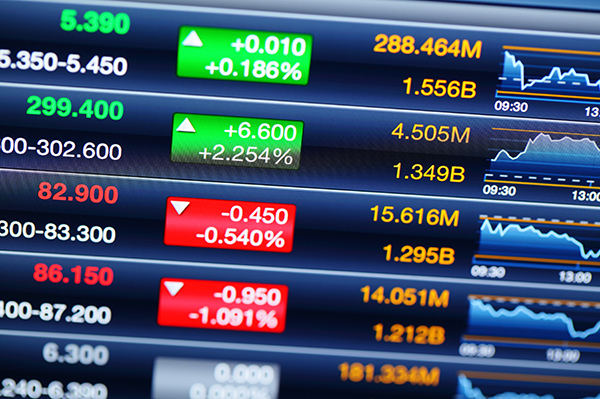High Frequency Trading
High-frequency trading (HFT) is a form of trading on the financial market. It is based on algorithms and characterized by high speeds, high turnover rates, and high order-to-trade ratios. The main components are therefore technological tools and computer algorithms. Computers - or rather automatic computerized traders - move in and out of positions in seconds or fractions of a second. The key attributes of high-frequency trading are therefore highly sophisticated algorithms, specialized order types, co-location, short-term investment horizons, and high cancellation rates of orders. The business idea behind it is different from regular stock market investments as the margins of each single trade are low. However, the profit is increased by incredibly high volumes of trade at the same time.
Mathematics: High-frequency trading is based on algorithms. As we saw recently, out of control algorithms can cause flash-crashes, which have a negative impact on the regular stock market. It is also not clear, if there is any possibility to control automatic computerized traders.
Financial Market: It is often mentioned that high-frequency trading increases the liquidity of the market. However, some voices say that HFT is not aiming at long-term investments and therefore it doesn't contribute to innovation.
Computers: The speed of computer connections, measured in milliseconds or microseconds, have become important assets in HFT. The main challenge from a technological point of view is therefore how the speed of computers or connections can be increased.
Algorithmic trading, High-frequency trade, Flash trade, Flash crash, Speed, Hedge fond, Flash boys






